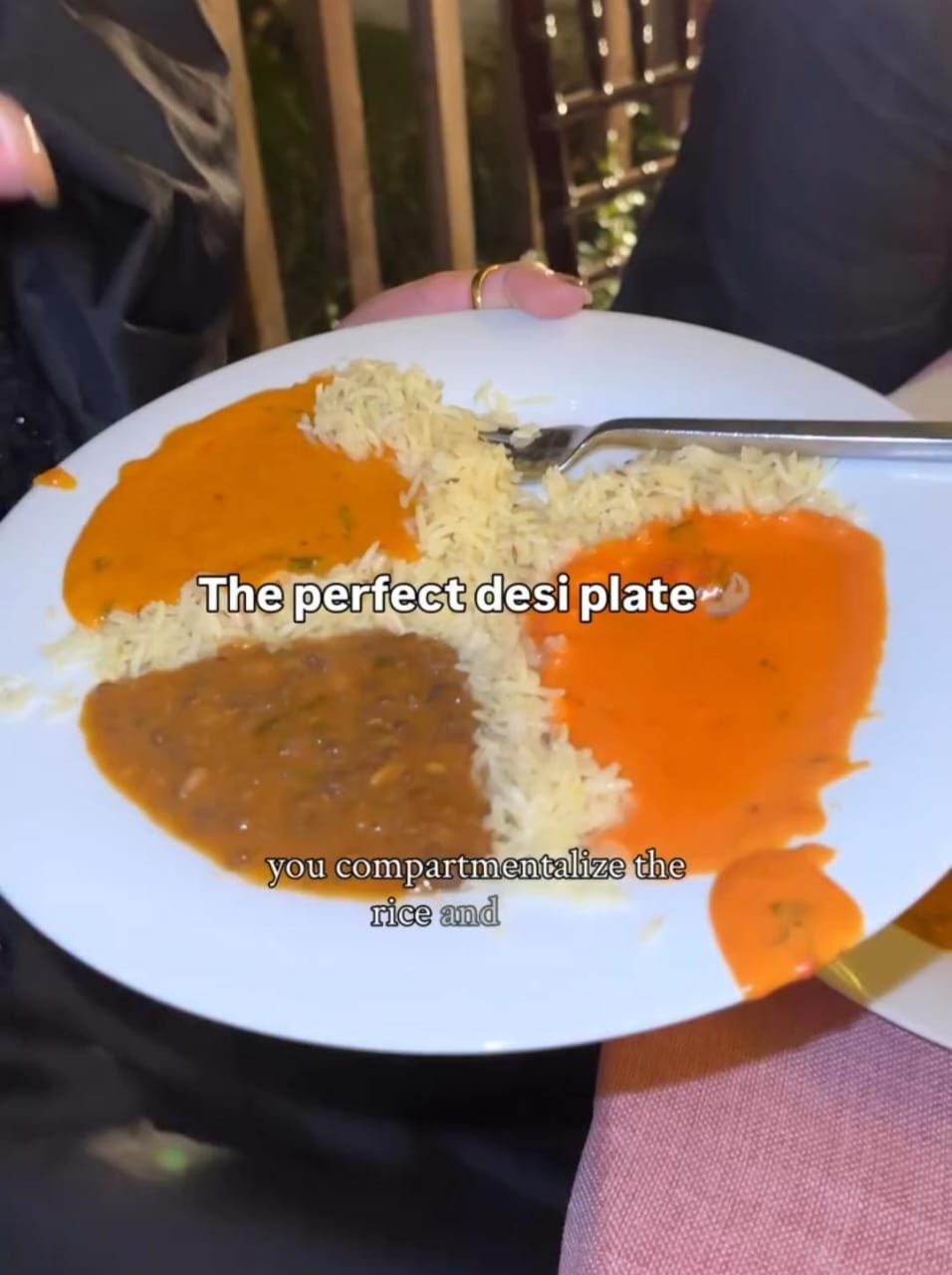Looking to up your cooking game? Learning new techniques and exploring new ingredients is a useful way to expand your horizons. And you don't need to begin with the complex methods. Some culinary techniques may sound complicated, but are actually very simple. One of them is deglazing. If you're looking for a way to make your sauces, gravies and/or soups more flavourful, deglazing will help you accomplish that. Chances are, you have already been practising this 'hack' in your kitchen but didn't realise it is called deglazing. Find out more below:
What Is Deglazing? Definition Of Deglazing In Cooking
Deglazing refers to loosening the bits of food at the bottom of the pan using a liquid like stock or wine. After pan-frying or searing certain foods, parts of them stick to the pan (these browned/caramelised/semi-fried particles are known as "fond," derived from a French word meaning bottom or base). These bits can come from vegetables, meat or other ingredients. Deglazing involves extracting their flavours by dissolving/combining them in a liquid. The result has a sauce-like consistency that can be used in several ways while cooking.
Also Read: How To Sharpen A Kitchen Knife At Home - It's Easier Than You Think

Deglazing is a useful way to build flavours. Photo Credit: Unsplash
How To Deglaze A Pan? Step-By-Step Method
1. Prep your pan if needed
You may already have a pan with browned bits on it. If not, saute or sear food (like mushrooms, meat, vegetables, etc) in a pan until it turns golden brown, allowing some particles to stick to the bottom.
2. Transfer the food and excess fat
After the main item is cooked, transfer it out of the pan. Meat tends to release excess fat, and it is best to remove most of it before you start deglazing. Reserve some of the rendered fat along with the fond.
3. Add liquid and scrape the fond
On high heat, pour in your liquid of choice (options provided later) and start scraping the fond with a spatula or wooden spoon. Mix the bits well with the liquid so some of them begin to dissolve.
4. Simmer to reduce
Lower the heat to simmer the liquid. Let it reduce slightly to concentrate the flavours and reach the desired consistency.
Which Liquids Are Used For Deglazing?
You can use different types of liquids for deglazing, depending on what dish you want to eventually prepare. Some people may also choose a particular liquid based on the kind of bits (fond) on their pan. Here are some common options:
- Water
- Broth or stock
- Vinegar (balsamic, apple cider, white vinegar, etc.)
- White wine or red wine
- Spirits like whiskey, brandy, rum, vodka, etc.
- Beer
- Citrus juices, including tomato juice
Also Read: Burnt, Broken Or Bland: 5-Minute Fixes For Common Cooking Disasters
What Not To Do While Deglazing
Here are some common mistakes to avoid while deglazing:
1. Charring the bits
Ensure the fond is not completely burnt. The bits can be crisp and caramelised. However, don't deglaze charred particles as they may end up tasting bitter and unappetising.
2. Keeping the heat low
You need high heat to dissolve the fond in the liquid and combine flavours. Lower the heat only once you want to start reducing the mixture.
3. Using milk for deglazing
Milk can curdle or scorch once it hits a hot pan. Even if you want to add milk/cream to your sauce, pour it in after deglazing. Don't use it as the primary liquid for this technique.
4. Opting for a non-stick pan
Non-stick pans, by definition, will not help much with deglazing as they will not contain the fond you need. For this cooking technique, rely on a seasoned cast iron pan or one made of stainless steel.
Also Read: These 8 Food Hacks Have Gone Viral Recently And They Can Help You In The Kitchen
What Is Deglazing Used For? What To Do After Deglazing Your Pan

Deglazing has many advantages and applications. Photo Credit: Unsplash
Deglazing is used to make various types of liquid delicacies/parts of dishes. Here are some popular applications of this cooking technique:
1. For jus
Jus is a French culinary term that refers to a light and flavourful sauce-like element typically made from the natural juices released by meat while it's cooking. Deglazing is the first and most important step of creating a jus. The jus can be drizzled over meat, used for dipping or plating or transformed into more sophisticated sauces, as explained below.
2. For pan sauces and stir-fry sauces
You can make a variety of pan sauces and stir-fry sauces using the deglazing technique. Whether you want something to elevate your roasted veggies/meat, a flavourful pasta base or a quick sauce for your stir-fried rice/noodles, deglazing can come to your rescue!
3. For gravies
After you deglaze your pan, you can thicken the liquid by using flour or cornstarch. You can also add more ingredients to build flavour and create a delicious gravy base.
4. For soups and stews
One of the easiest ways to take advantage of deglazing is to use it to make soups and stews. Rather than just boiling stock or broth along with the other ingredients, opt for deglazing to enhance the overall flavour.
Deglazing is a simple technique that can add depth and complexity to your cooking. So if you haven't been doing it already, better get started!







